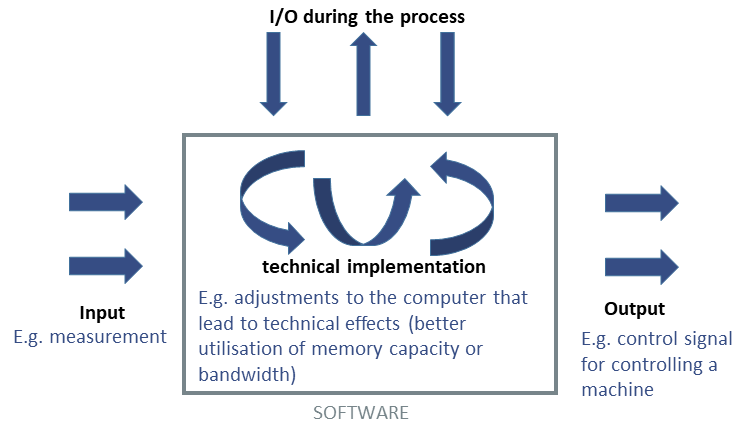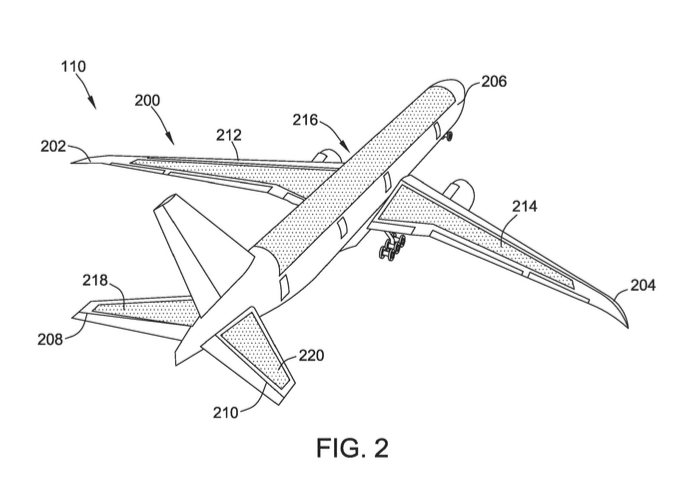This EPO’s Board of Appeal decision concerns a method for estimating energy savings due to solar cells on an aeroplane. The features of the method do not make a technical contribution, in particular since no further technical use is (implicitly) claimed for the determined energy savings.
Object of the Invention
- estimating the electrical energy production of a photovoltaic system of an aircraft in flight
Appellant (part I):
- method steps simulated the performance of a photovoltaic system under realistic conditions
Board (part I):
- whether a simulation contributes to the technical character does not depend on the degree to which the simulation represents reality (G1/19, point 111)
- nor does it depend on the technicality of the simulated system (G1/19, point 120)
- whether the simulation achieves a technical effect depends on the further use of the numerical data of the simulation (G 1/19, point 124)
Appellant (part II):
- technical effect is the further use of the predicted amount of electrical energy, namely translating this amount into estimated fuel savings
- estimating the savings in pounds of fuel, i.e. in terms of weight, was a technical feature
Board (part II):
- estimating the fuel savings for a flight is a nontechnical administrative activity
Appellant (part III):
- estimated fuel savings imply a more precise estimation of the amount of fuel needed by the aircraft for a flight
- this is a technical effect because refuelling the aircraft with the optimal amount of fuel would enable the aircraft to traverse the flight path more efficiently
Board (part III):
- refuelling is a technical process, but it is not a direct consequence of the estimated fuel savings but would only occur as a result of a human decision (see also G 1/19, point 123)
- the estimated fuel savings can also be used for business decisions, such as whether the savings merit the production and installation of the photovoltaic system or whether they permit a reduction of the flight tickets’ prices
- the estimations do not have an implied technical use that can be the basis for an implied technical effect (see also G 1/19, points 98, 128)
Appellant (part IV):
- subject matter describes accurate model for predicting the solar irradiance at a plurality of geographical points
- the accurate model led to a more precise estimation of the fuel savings
- according to G 1/19, point 111, the accuracy of a simulation might be taken into consideration in the assessment of inventive step
Board (part IV):
- the simulation’s accuracy might play a role in the assessment of inventive step only if the simulation contributes to the technical character of the invention
Conclusion
The below figure shows according to G 1/19, point 85 and 86 how and when “technical effects” or “technical interactions” based on inter alia non-technical features may occur in the context of a computer-implemented process. In this decision T 1035/18 the software/ non-technical features do not contribute to the technical character of the invention via the output data. Therefore, the non-technical features are not considered for the assessment of inventive step.


